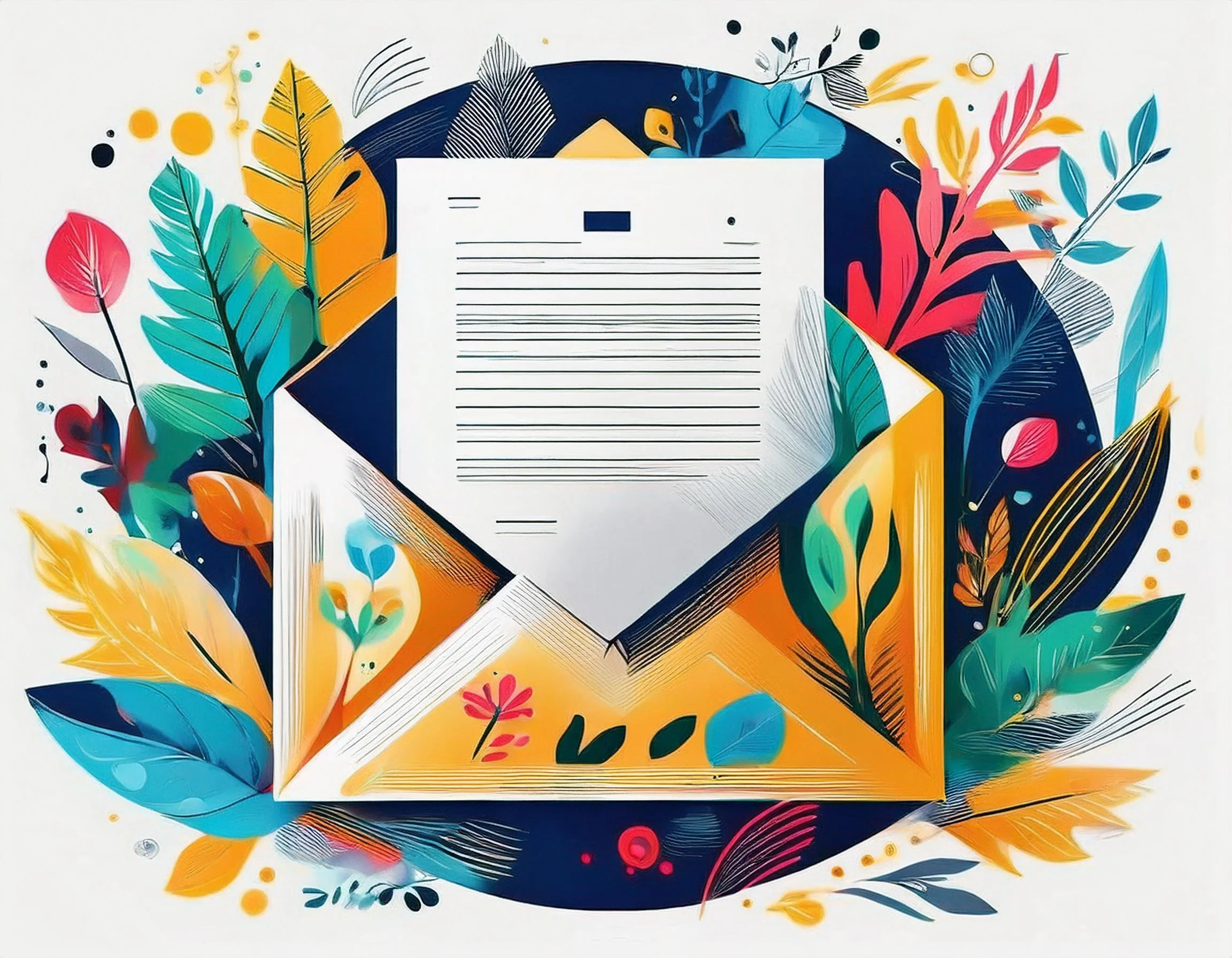A Mailed Letter Still Wins Hearts (and Donations!)
It’s tempting to think that in a world dominated by smartphones and social media, direct mail campaigns have gone the way of the fax machine. But here’s the thing: direct mail isn’t just “still working” for nonprofits—it’s thriving.
True, digital marketing gets most of the attention these days. However, smart nonprofits know that a balanced strategy that includes direct mail will create deeper connections and deliver stronger results.
A tangible piece of mail feels personal in a way that an email or social media post simply can’t replicate. People still love receiving thoughtful, well-designed mail.
A mailed solicitation letter as part of an integrated campaign is essential.
Printed mail has staying power. While an email can get forgotten in an inbox or deleted in a split second, a physical letter or postcard often sits on a donor’s desk or kitchen counter, quietly reminding them of your organization and its mission.
In fact, many major donors often start their relationships with your organization by making a small initial gift in response to a direct mail solicitation. You should be monitoring the results of each campaign to identify potential major donors and begin cultivating personal relationships.
The Power of Multi-Channel Fundraising
Despite the rise of email and social media, direct mail continues to outperform digital channels in key areas, especially when it comes to fundraising.
Nonprofit direct mail boasts an average response rate of between 5% and 9%, compared to less than 1% for email.
One of the most compelling reasons to still include direct mail in your fundraising strategy is how it complements your digital campaigns. Think of direct mail and digital marketing as peanut butter and jelly—good on their own, but even better together.
When you deploy a multi-channel approach, response rates jump to over 25%.
Donors receive a fundraising letter or postcard in the mail and then see an email or social media post from you reinforcing the same message. This creates a sense of cohesion and urgency.
Studies show that donors are more likely to respond when multiple touchpoints are used. Target Analytics estimates that nearly one-third of online contributions are made in response to a direct mail appeal.
Direct mail sets the stage, and digital campaigns close the loop.
HUB TIP
We recommend sending at least three solicitation emails for every one direct mail solicitation, or more depending on the length of your campaign.
Your Donors Want Options
One of the biggest reasons not to rely solely on digital is that your donor base isn’t one-size-fits-all. While younger generations may gravitate toward online giving, many older donors still prefer traditional methods like mailing checks.
Direct mail is shown to be more memorable regardless of age. The U.S. Postal Service reports that brand recall is 70% higher when customers are exposed to direct mail than digital, and the parts of our brains that control motivational response are 20% more engaged when viewing print advertising.
To your donors, a tangible piece of mail feels personal in a way that an email or social media post can’t replicate.
My Take
Having worked with dozens of nonprofits to develop successful fundraising strategies, I’ve seen firsthand how impactful direct mail is when done right. It’s not about choosing between direct mail and digital—it’s about finding the sweet spot where they work together to engage donors and boost results.
If you’re wondering whether direct mail is worth the investment, I’d say this: it’s not just worth it—it’s essential. It’s one of the most powerful tools in your fundraising toolbox and deserves a prominent place in your overall strategy.
We love working with organizations to implement our Communications Planning Tool, a scalable framework of fundraising and marketing activities that make the most of your limited time and resources throughout the year.
What’s your experience with direct mail campaigns? Have they worked for your nonprofit? Let’s chat—I’d love to hear your thoughts and help you strategize.




